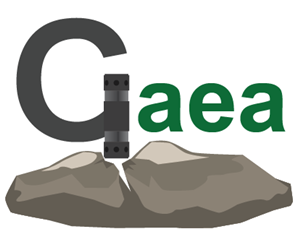Difference between liquid oxygen rock blasting and CO2 rock blasting system
New technology: O2 rock demolition system
Link:
Liquid CO2 rock blasting system is a typical blasting gas material in gas blasting technology. It is widely used in mining, geological exploration, cement, steel, electricity and other industries, subways, tunnels and municipal engineering, underwater engineering, and emergency rescue. The principle is: using liquid carbon dioxide to quickly gasify and expand when heated, carbon dioxide can generate carbon dioxide gas equivalent to 600 times the volume of liquid after gasification, thus releasing enough blasting energy to cause rock or ore body rupture, replacing detonators and explosives in the blasting process. The principle of liquid oxygen explosive explosion is the same as that of ordinary explosives, that is, using the easy evaporation of liquid oxygen (1L of liquid oxygen can be converted into 800L of gaseous oxygen), so that the absorbent is oxidized in an instant to generate a large amount of carbon dioxide, water vapor and other gases. At the same time, a large amount of heat is released, the gas reaches a high temperature, and the volume suddenly expands, causing an explosion. Difference: Compared with liquid oxygen blasting, carbon dioxide blasting does not produce open flames during the blasting process, and relies entirely on the sudden expansion of gas to do work. Therefore, liquid CO2 blasting is safer than liquid oxygen explosive blasting. However, the energy and explosive force generated by liquid oxygen blasting are higher than those of carbon dioxide blasting, so the blasting effect is better under the same conditions.

Advantages of liquid oxygen rock blasting system (1) Safer post-blasting treatment. Because if any other explosive fails to detonate for some reason, troubleshooting is a dangerous thing, but liquid oxygen explosives do not have this problem. It is extremely volatile. If it fails to detonate, the oxygen will escape within 15 minutes, so there is no danger in approaching it. (2) Relatively low cost. Liquid oxygen has a low cost, and the adsorbent can be made of cheap materials such as coal powder and sawdust, which can be made into explosives with small size and high power. (3) The gas generated by the blasting is pollution-free. The gas produced after the explosion is basically non-toxic carbon dioxide, so there is very little pollution. However, the "nitre" type explosives explode and release toxic nitric oxide and nitrogen dioxide.





